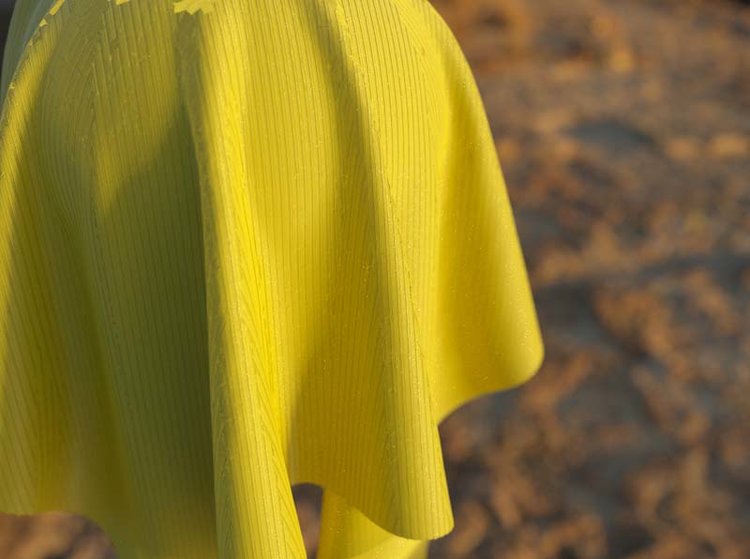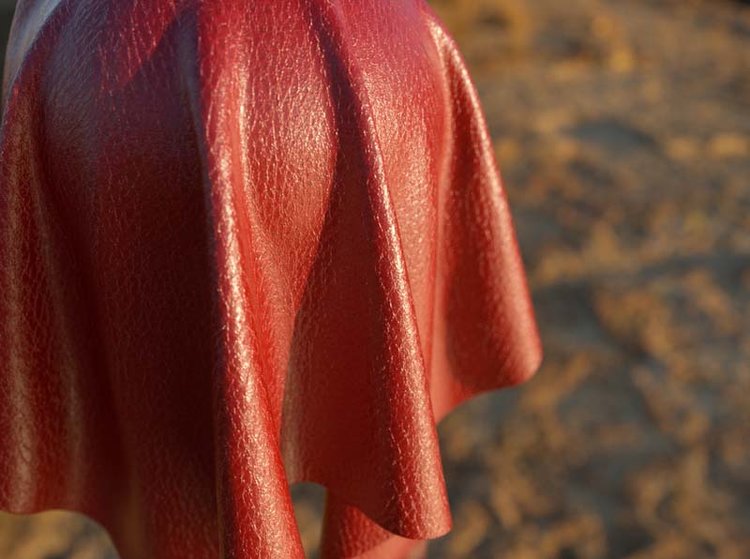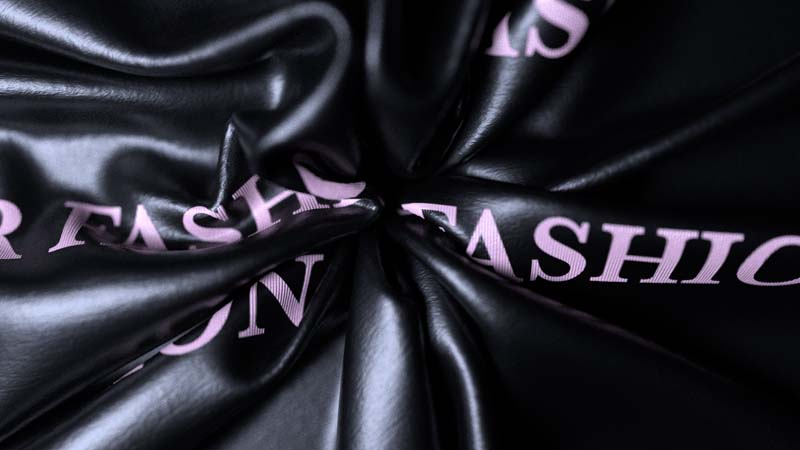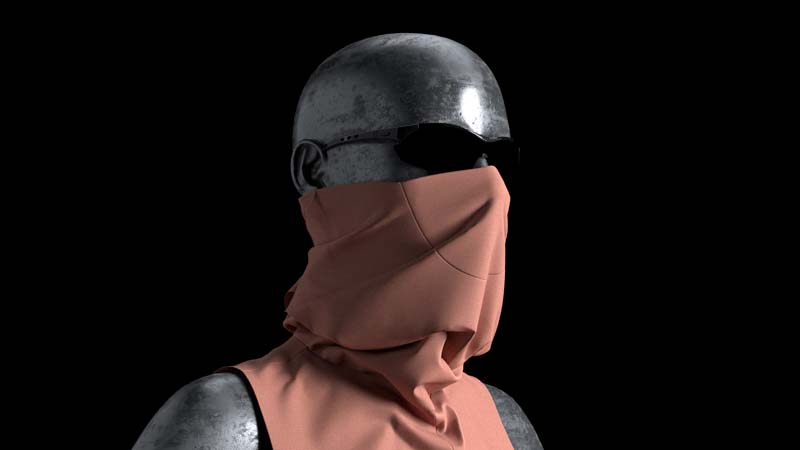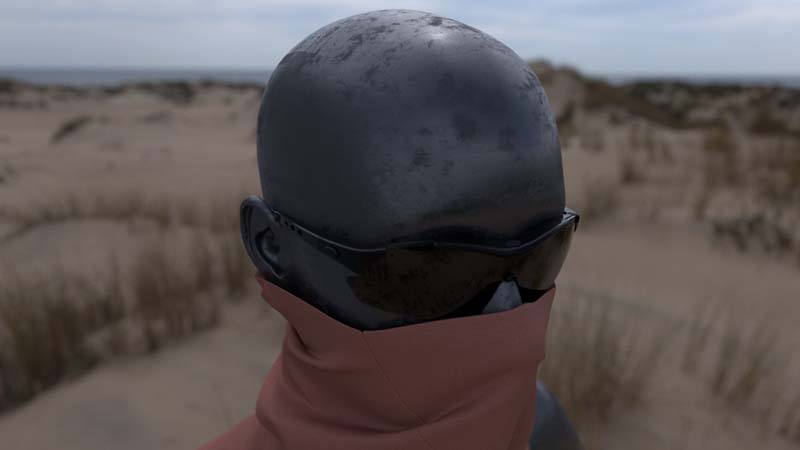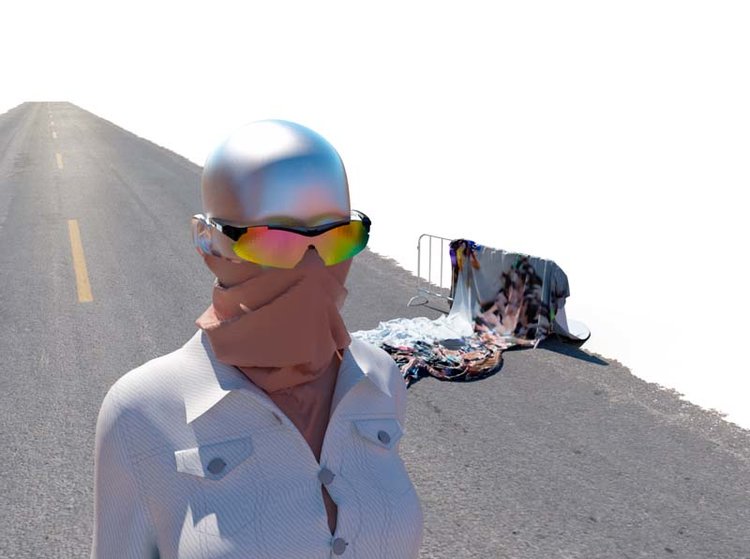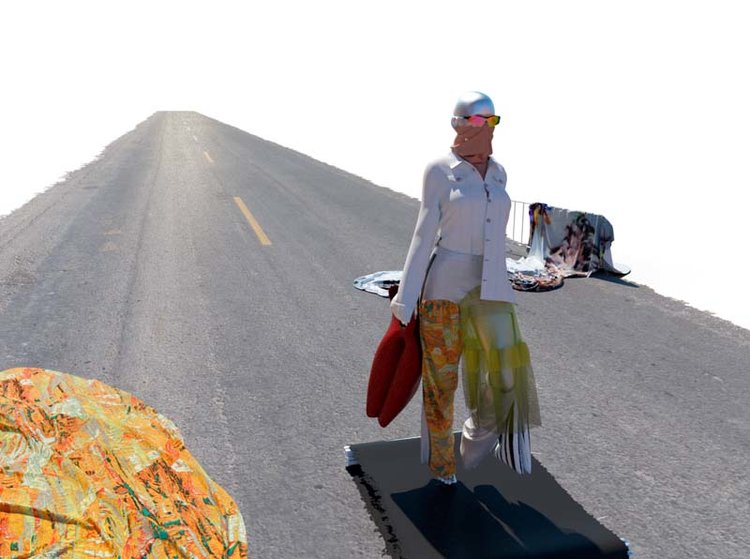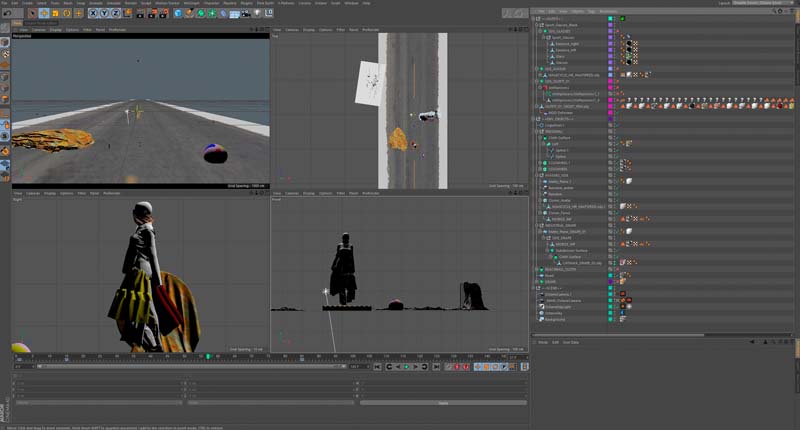What it's all about
We asked the question, can computers be creative? Can an algorithmic process of trial and error lead to creativity? What happens when a computer and a human work together to design a collection? Do garments even have to physical to exist? Out of the remnants of the polluting fashion industry rises a way of working that has never been done before. It's a synergetic relationship that created new shapes and feelings. Here we will be explaining how this relationship came to be and worked out in the end.
Outfit 01
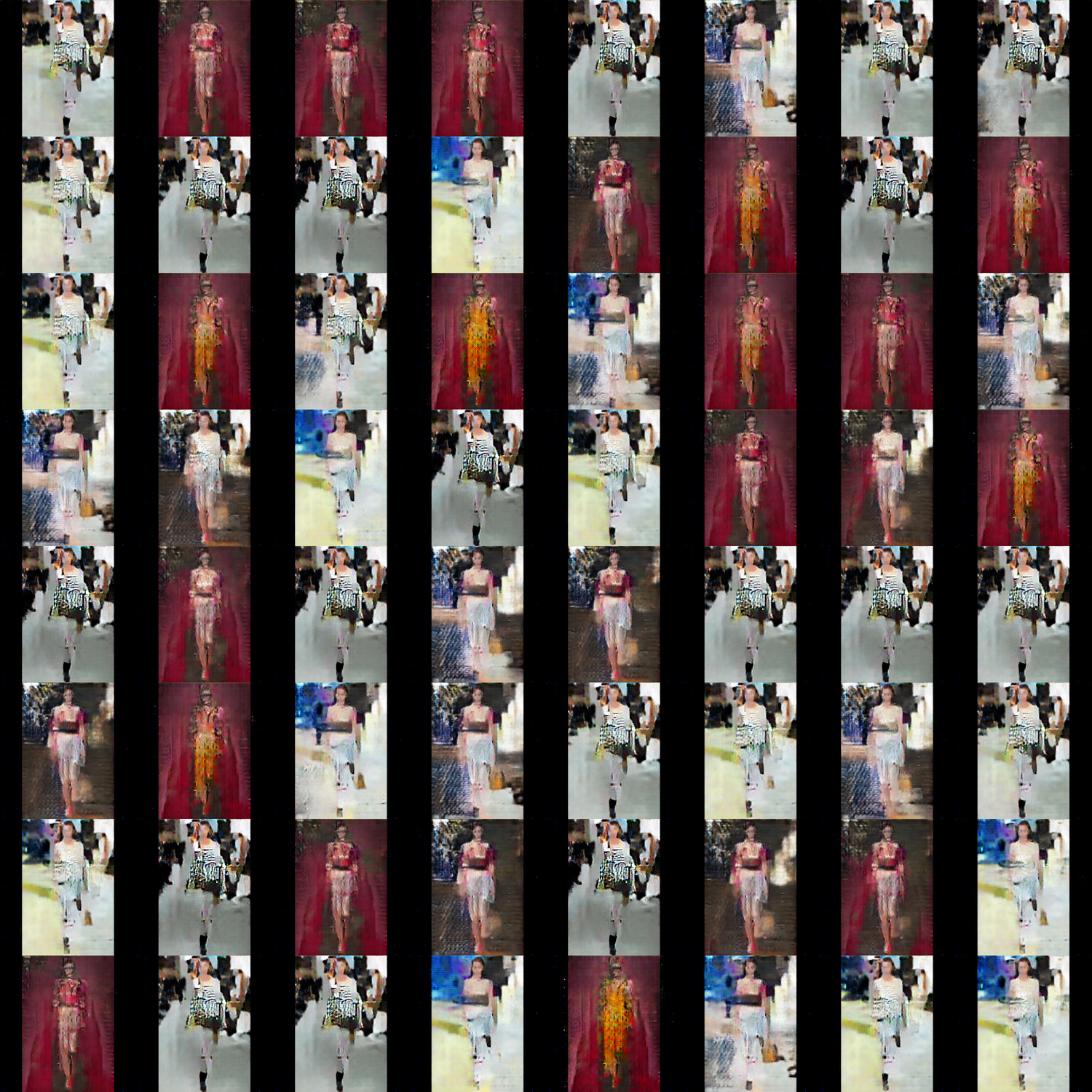
GeneRATIVE Adversarial Networks Results
Using input of Paris Fashion Week, the algorithm got to work. It consists out of two parts, one part has the images, the other part doesn't but has to guess what the images look like. The constant guessing starts with just random pixels, but after a while of deep learning the computer can't tell the difference anymore between the generated image and the original images. The results were so stunning, that Amber decided to use them as an inspiration for her outfits in colour, material and shape.
Source - Paris Fashion Week
A.I results
Outfit 05
Digital Fashion Design Process
The computer inspired her to make these outfits, so where does the computer end and Ambers creativity begin? The project lead to an extremely interesting energy, through which she was listening to what the computer predicted and created things she would've never come up with herself. She combined it with inspiration she got from her experience as a designer and a feeling she had the collection had to embed. A post-fashion western tale was born.
Process_01 from The Fabricant on Vimeo.
Digital Material Samples
We experimented with all kinds of materials, creating a hyper-real feeling. It feels realistic, but when you look at it you know it's not real. It is an extensive experimentation through which the viewer is taken on a journey to a new frontier, something that hasn't been discovered before by fashion design or animation. This project is one of the first hyperreal visualisations of a complete fashion collection, without the collection ever existing in real life.
Digital Avatar Development
We make the virtual real, and the real virtual, which results in a weird mix that takes the viewer on an uncanny journey through undiscovered landscapes, making them feel like they vaguely recognise elements used. Remnants of the fashion industry float through the scenes, emphasising the fact that only about 200 people see a fashion show live front row, but the rest of the world watches the show in 2D images online. What is the difference between seeing a rendered 3D image of a garment or a 2D photograph of a garment? Multiple people watching the experience wanted to actually buy or have the clothing in real life. This proves our point.
“THINGS DON'T NEED TO BE REAL, WHEN THEY SEEM TO BE”
- Isaac Asimov, one of the founding fathers of Artificial Intelligence technology
Outfit 04
The next logical step was to incorporate these outfits in a presentable format to the public. Digital outfits live in a flat space, and need work to fully bloom. This is where we stepped in. Together we came up with a environments through which the models could walk, through which they would come to life.
Thanks to all the people who made this possible
Sponsors
Modint(https://modint.nl/)
ClickNL (https://www.clicknl.nl/)
NLNextfashion&Textiles (https://www.clicknl.nl/en/news/nl-nextfashion-textiles/)
WOW Amsterdam (http://www.wow-amsterdam.nl/)
Algorithms
The Asimov Institute (http://www.asimovinstitute.org/)
Sound Design
OddOne Audio (https://www.oddone.de/)
Graphic Design
Peter van de Riet (https://www.oddone.nl/)
PR
Micky Larosse (https://www.linkedin.com/in/mickylarosse/)
